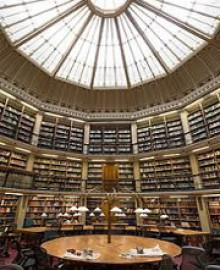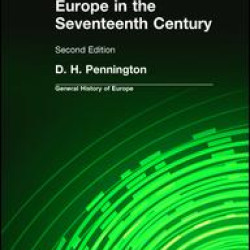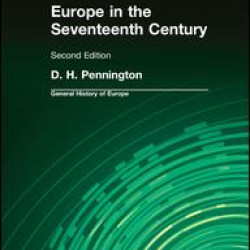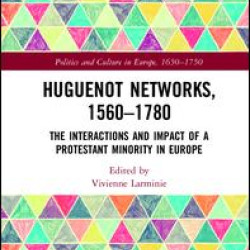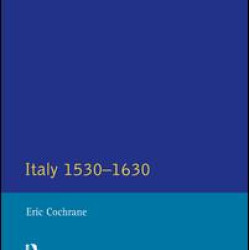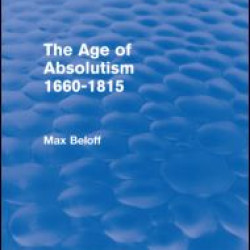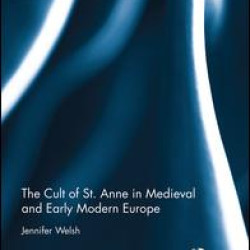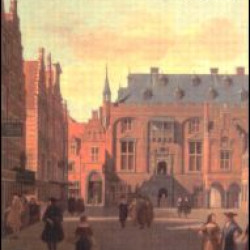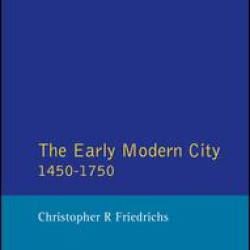Early Modern Europe
Brand: Taylor & Francis
Model: Stock
The second edition of this widely-used survey is in two main parts. The first analyses the major themes of seventeenth-century European history on a continent-wide basis. The second part moves on to outline political, diplomatic and military events in the various states and nations of the time...
₹3,671.26 ₹4,589.08
Brand: Taylor & Francis
Model: Stock
The second edition of this widely-used survey is in two main parts. The first analyses the major themes of seventeenth-century European history on a continent-wide basis. The second part moves on to outline political, diplomatic and military events in the various states and nations of the time...
₹7,343.26 ₹9,179.08
Brand: Taylor & Francis
Model: Stock
This book is an exploration of how (and whether) networks – familial, educational, commercial, military, diplomatic, financial and religious – faciliated the path of French Protestant refugees into exile, and sustained them thereafter. It examines how a vulnerable minority found employment, dealt wi..
₹8,078.40 ₹10,098.00
Brand: Taylor & Francis
Model: Stock
By exploring the enduring presence of Italian businessmen in some of the key hubs of the Spanish monarchy, this book contributes to enrich our understanding of the trading world in the age of the first globalization. This book was originally published as a special issue of the European Review of His..
₹8,078.40 ₹10,098.00
Brand: Taylor & Francis
Model: Stock
This book covers one of the more obscure periods of Italian history. What we know of it is presented almost always pejoratively: an unrelieved tale of political absolution, rural refeudalisation, economic crisis, religious repression and cultural decline. But this picture is both incomplete and inac..
₹3,450.94 ₹4,313.68
Brand: Taylor & Francis
Model: Stock
This book covers one of the more obscure periods of Italian history. What we know of it is presented almost always pejoratively: an unrelieved tale of political absolution, rural refeudalisation, economic crisis, religious repression and cultural decline. But this picture is both incomplete and inac..
₹7,343.26 ₹9,179.08
Brand: Taylor & Francis
Model: Stock
The chronology covered in this title, first published in 1954, is vast, and yet covers an intellectually stimulating and exciting period of European history. The pinnacle of absolute monarchy is cemented in Louis XIV’s France, eventually giving way to reform and revolution; the Russian Empire become..
₹8,812.80 ₹11,016.00
Brand: Taylor & Francis
Model: Stock
The chronology covered in this title, first published in 1954, is vast, and yet covers an intellectually stimulating and exciting period of European history. The pinnacle of absolute monarchy is cemented in Louis XIV’s France, eventually giving way to reform and revolution; the Russian Empire become..
₹8,812.80 ₹11,016.00
Brand: Taylor & Francis
Model: Stock
The chronology covered in this title, first published in 1954, is vast, and yet covers an intellectually stimulating and exciting period of European history. The pinnacle of absolute monarchy is cemented in Louis XIV’s France, eventually giving way to reform and revolution; the Russian Empire become..
₹2,349.34 ₹2,936.68
Brand: Taylor & Francis
Model: Stock
Emerging in the early centuries of Christianity, St. Anne - mother of Mary and grandmother of Jesus - become an increasingly popular figure in late medieval northern Europe, standing at the centre of an elaborately-constructed extended holy family. Despite this popularity, and the ideal model of fem..
₹8,812.80 ₹11,016.00
Brand: Taylor & Francis
Model: Stock
In the first attempt to cover the urban society of early modern Europe as a unified whole, Christopher Friedrichs challenges the usual emphasis on regional diversity by stressing the extent to which cities across Europe shared a common urban civilization whose major features remained remarkably cons..
₹3,157.18 ₹3,946.48
Brand: Taylor & Francis
Model: Stock
In the first attempt to cover the urban society of early modern Europe as a unified whole, Christopher Friedrichs challenges the usual emphasis on regional diversity by stressing the extent to which cities across Europe shared a common urban civilization whose major features remained remarkably cons..
₹7,343.26 ₹9,179.08

